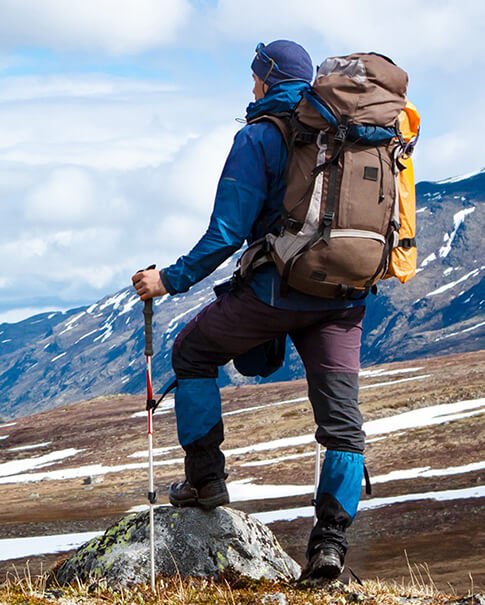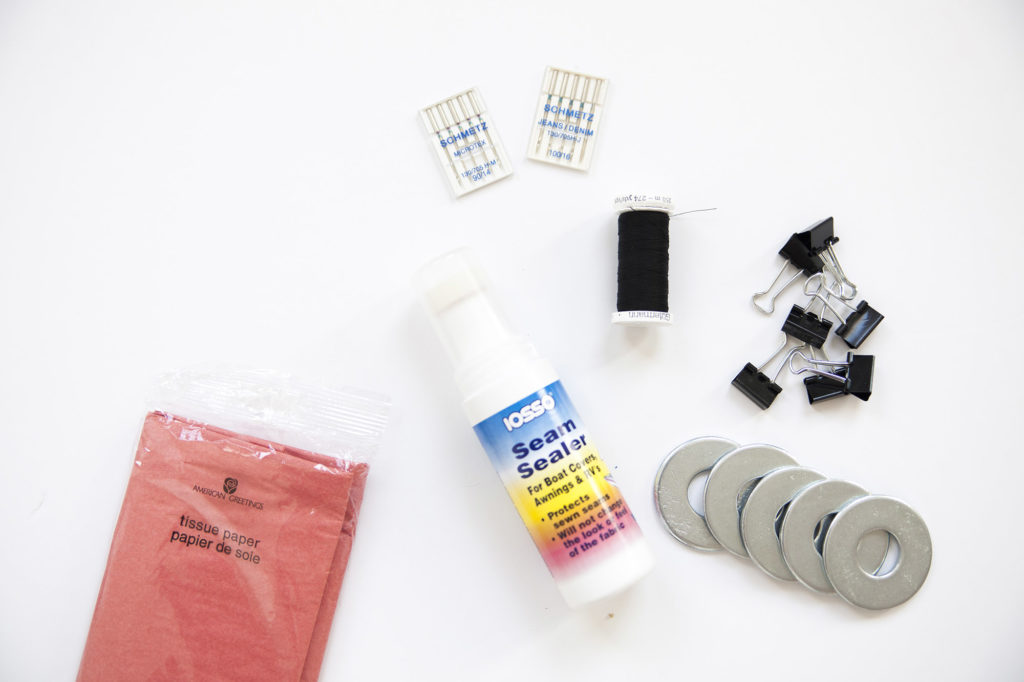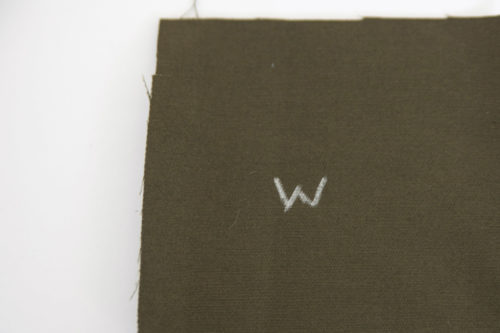-
Tel : +86 13606090903
-
Email : wendy@xmbag.com
-
Skype : wendyxiang123
Tel : +86 13606090903
Email : wendy@xmbag.com
Skype : wendyxiang123

To make a waterproof bag, first decide which layers you'd like to make resistant to water. Lining your bag with water-repellent or waterproof fabric will keep it secure from spills from food and drink, and dry and easy to clean if you're carrying damp objects. Using these specialty fabrics on the outside will keep the contents dry if environmental factors are more of a concern, such as rain and snow.
First, decide which fabric is right for you. The first thing to think about is drape and body. Let's say you've decided to make a spill-proof bag by choosing one these fabrics for the lining. Do you want your fabric to give your bag stiffness and stability? If so, using a stiff fabric like oilcloth for the lining will allow you to use a flimsier outer fabric and still have a bag with structure. If you're pairing the lining with an outer fabric that's already sturdy, you might instead opt for a lightweight water-repellent ripstop.
The next question to ask is how much waterproofing you really need. For durable linings that will resist common spills from like food containers, a water-repellent fabric is likely to give all the protection that you need. If you plan to use your bag for hiking through streams and rivers, CORDURA might be up your alley.
Another consideration is the look and feel. Many waterproof fabrics have a sporty appearance that may or may not be your thing. You can hide this fact by using these on the inside of your bag, and choosing a fashionable fabric for the outside. If you want a bright print, oilcloth is a good choice; if you prefer versatility, you might opt for a simple nylon. Also consider whether you like the texture of fabrics that are laminated on the outside, versus the more traditional feel of fabrics that are coated on the wrong side.

When cutting water-repellent or waterproof fabrics, the most important thing to remember is that holes create leaks. Therefore, you should minimize the use of pins whenever possible. Instead, use pattern weights to keep your pattern on the fabric. Trace your pieces, remove the pattern, and cut; or, use a rotary cutter.
When fabrics are laminated with PU or PVC, there is no longer any need to pay attention to grainline. With these types of fabrics, you can distribute your pattern pieces any way you'd like. You can often save fabric by turning pieces in different directions. Be careful when doing this with patterned oilcloth fabrics, especially if the print is directional.
Again, it's important to avoid perforations in your bag as much as possible. Instead of pinning fabric pieces, try holding edges together with small clips such as binder clips or bulldog clips. As a bonus, these clips will not distort your fabric the way pins sometimes can.
If you do want to use pins, be sure to pin only within the seam allowance. Place pins close to the raw edge, so that any holes in the fabric will not affect the overall quality of the bag.
If you are using coated or laminated fabrics, the vinyl surface can often stick to your presser foot or sewing machine, interfering with the ability of the feed dogs to guide your fabric evenly under the needle. To prevent this, place a layer of tissue paper between the vinyl surface and the sewing machine. Sew through the paper, and tear it away when you are through. A Teflon-coated foot or a walking foot can also be helpful when using a sticky fabric.
Increase the stitch length. This will create fewer holes in the seamline, so there is less leakage. When the holes are spaced further apart, there is also less risk of tearing. Holes that are close together are like a perforated line on a ticket stub, making it much easier to tear. Try a few different stitch lengths on swatches to see what looks best and feels strongest with your particular fabric.
 Mark the right side and wrong side of your fabric if it isn't obvious.
Mark the right side and wrong side of your fabric if it isn't obvious.
Remember that laminated fabrics have the coating on the right side of the fabric. In contrast, waterproof outdoor fabrics have coatings on the wrong side. When sewing with these outdoor fabrics, it may help to mark the right side with chalk to keep things clear as you sew.
For truly waterproof bags, you must seal your seams. No matter how waterproof the fabric is, seams will never be waterproof without additional treatment. You can purchase seam sealer as either a brush-on liquid or tape. This step may not be necessary unless you want a bag that is completely safe from moisture.
Avoid pressing coated fabrics as much as possible, as the coating may melt. Always test with your iron on scraps of fabric before touching your seams. If your fabric cannot be pressed, finger press the seams and edges, or use a clapper to apply pressure without heat. After flattening the seams, topstitch to keep them flat and avoid bulk. If your bag calls for interfacing, use sew-in interfacing instead of adhesive or apply the interfacing to a different layer.
Coated fabrics won't fray, so there's no need for finishing edges when using these. Uncoated fabrics may fray quite a bit and should be finished to prevent unraveling over time. This will keep your bag sturdy, since bags do undergo quite a bit of stress. Try serging raw edges, or use a zigzag or mock overlock stitch on your sewing machine.
Waterproof bags help you do more than prevent unexpected coffee mishaps. You can take them along during inclement weather or on hikes and picnics. You can transport food, pack your toothpaste for a trip, or take your baby gear along. With so many fabric options, there's little reason not to keep your handmade bags dry and easy to clean.